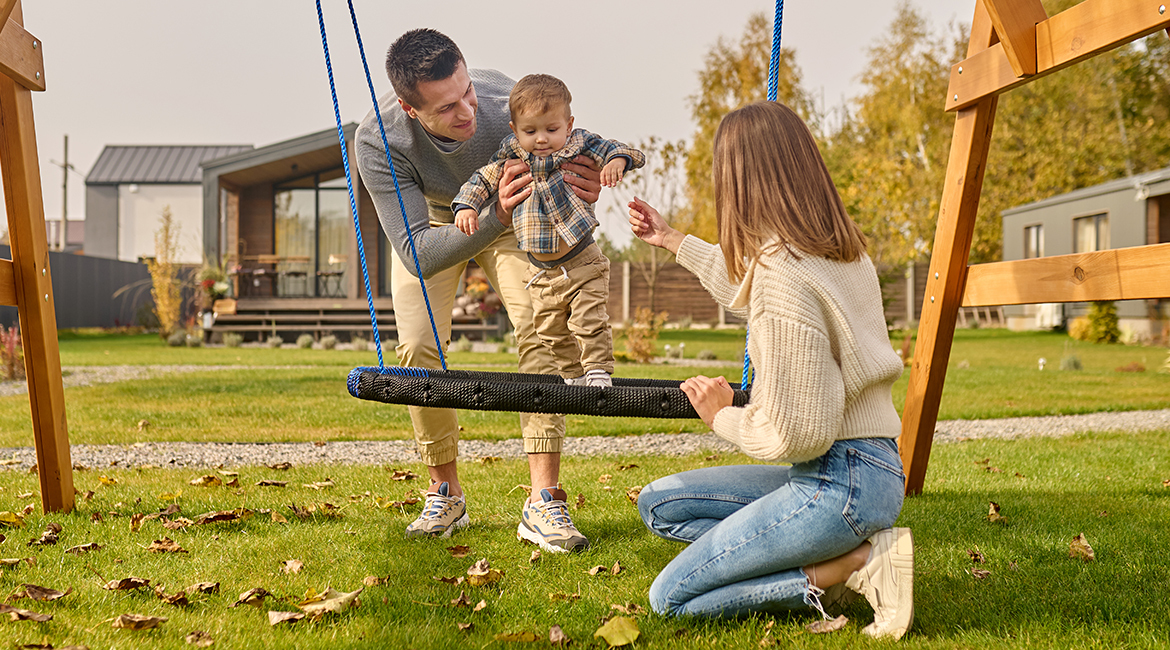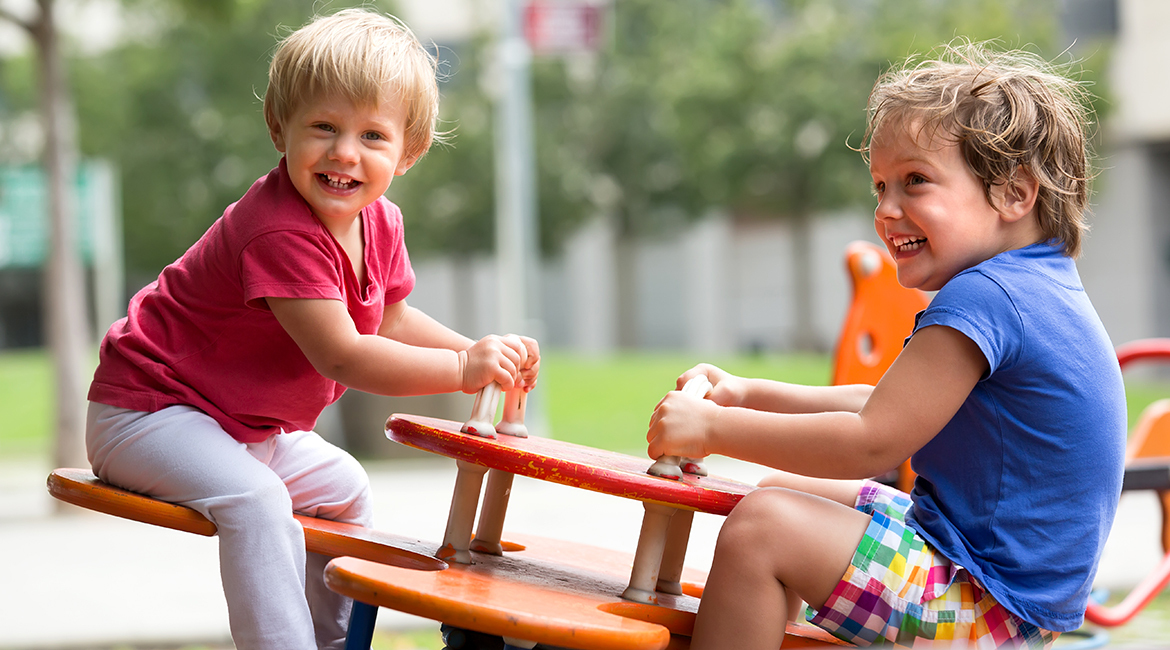Remember the 5 senses? Taste, touch, sight, sound, smell? What if they don’t tell the whole story? Well, they don’t. It’s now largely accepted that humans have more than 5 sensory systems, though the exact number we have is still debatable.
Some suggest 8, others 20, whilst some even argue for up to 33! The more we research and come to understand the human body, and the brain, in particular, the more we discover. Whilst the so-called ‘5-sense system’ is based on where the sensing cells are located (e.g. in the ears, eyes, nose, mouth and fingertips) the definitions of other systems are slightly more complex, hence, the ongoing debate about the number. Sensory systems are often interrelated and interdependent which can make it difficult to define where one system ends and another begins.
Here we will look at a little-known but constantly operating sensory system called the vestibular system and consider why this is important for children’s development, before looking at how parents and caregivers can help children to develop their vestibular sense.
What is the vestibular system?
The vestibular system is a sensory system controlled by two pieces of bone in the inner ear it is independent but connected with the sensory systems responsible for taste, touch, sight, sound, and smell. The vestibular system’s primary function is to know where the head is positioned and help us accurately process sounds from the environment and to look around without it being necessary to move the head each time.
The vestibular system is one of the first systems to develop in utero and is already in place just 8 weeks after conception. It is believed to be well-developed by the 5th month of pregnancy.
What role does the vestibular sense play?
The vestibular system has several very practical functions; one of these is enabling humans to tell where noises are coming from. The vestibular sense also allows us to look around whilst keeping our heads relatively still. In terms of children’s physical development, the vestibular sense allows children to develop their balance when learning to roll over, crawl, walk, run, climb and so on.
The vestibular system also works like a kind of processor for the vast amount of sensory information that the brain receives every second. The vestibular system collates and categorizes this information, sending it on to the correct part of the brain to be dealt with.
Why is the vestibular sense important for kids?
The vestibular sense is foundational for lots of different kinds of learning because when it functions well it helps children to feel comfortable and capable in their own bodies. Children need to feel this way in order to experiment with different kinds of movement.
Experimenting with different kinds of movement is vital for progress in physical development and the vestibular system supports this further as it helps children to develop a good sense of balance.
When the vestibular system isn’t functioning well children may struggle to master these different kinds of physical skills, may appear clumsy or really struggle with reading and writing because they don’t have the visual tracking ability needed to do these things well.
A well-developed vestibular sense also helps kids to self-regulate; that is calm down when upset or remain focussed on an activity. When the vestibular sense isn’t as strong as it should be, the sensory information that is bombarding our bodies at every minute can become overwhelming. If this isn’t being processed or sorted by the vestibular system, it ends up in the wrong parts of the brain which in turn don’t know what to do with the information received. This can be incredibly distressing, leading to sensory processing issues and even ADHD.
How can parents and caregivers support the development of the vestibular sense?
There are plenty of reasons that we should aim to support normal vestibular development and the good news is that it’s not very complicated to do this. Allowing children to engage in normal childhood activities like climbing, running and balancing, with a degree of freedom in taking risks, is the best way for children to develop their vestibular sense. You might see children turning themselves upside down, hanging over the edge of a seat, balancing on the edge of a rock, teetering and eventually jumping down and these are all ways that children build their vestibular sense. It is often that kind of “on the edge” play that allows children to test their limits and feel for their balance.
Babies and toddlers love to be held close and rocked or swayed, even older children may like to be cuddled and rocked when they are feeling overwhelmed. This is all stimulating the vestibular sense, and encouraging emotional regulation as it activates the vestibular system which can then perform its “processing” role. Using swings or hammocks can also help with this.
Encouraging children to explore their natural desire for upside-down through gymnastics and play equipment is a way to further their developing sense of balance, regulated through the vestibular system. Jumping and making up and down movements also make use of children’s natural play trajectories but develop the vestibular and the proprioceptive sense too.
On the whole, special activities and resources are not needed. Children just need the time, space and permission to play in normal, experimental ways and for their parents or caregivers to understand that this is important!



